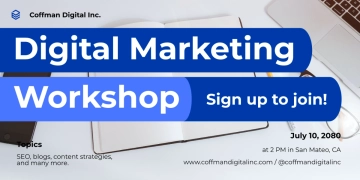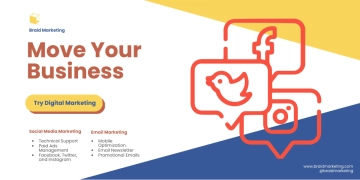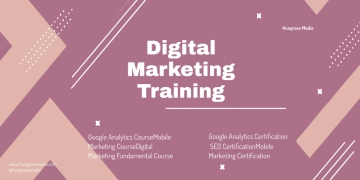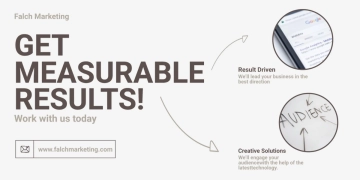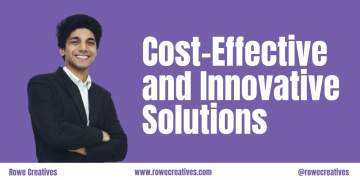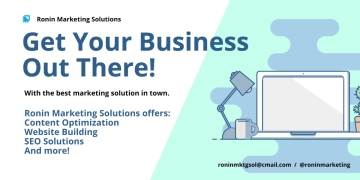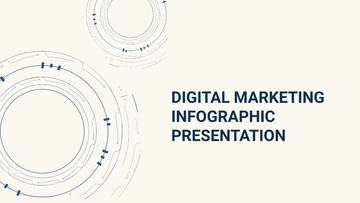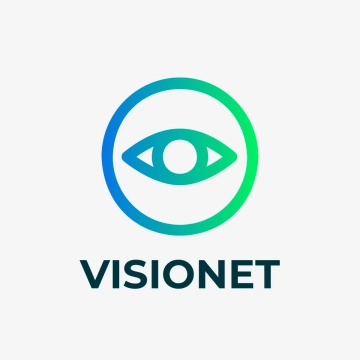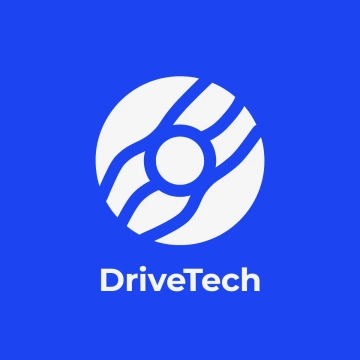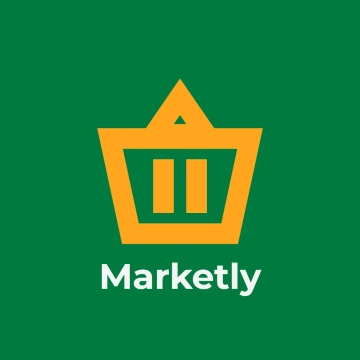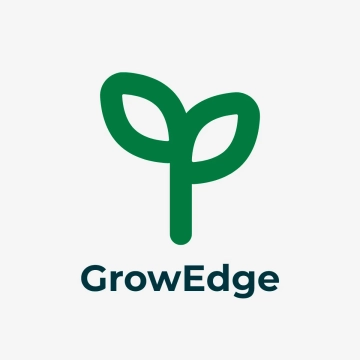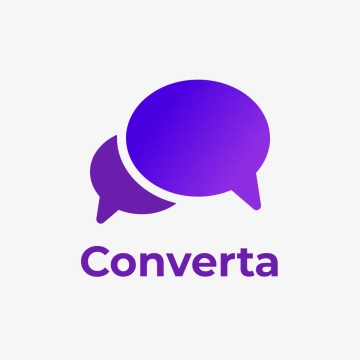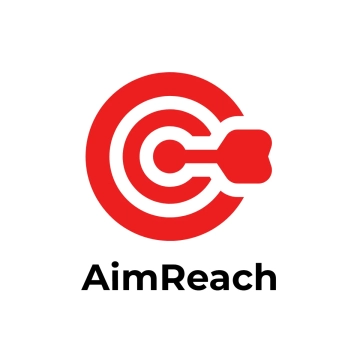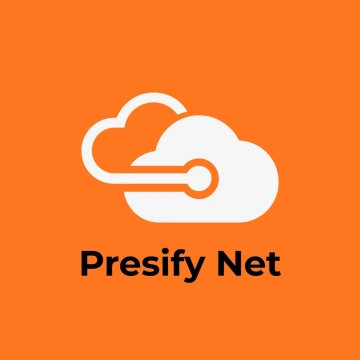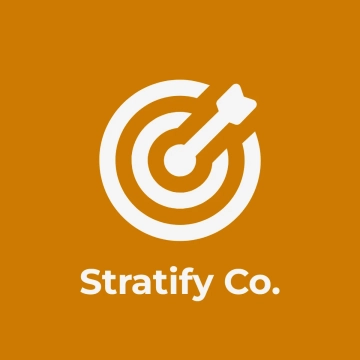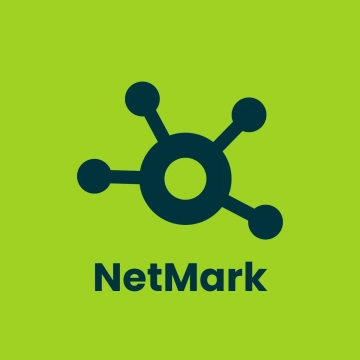Free Marketing Study on Cost per Lead vs Cost per Conversion

Introduction
In the era of data-driven decision-making, businesses globally are leaning heavily on metrics that not only help in evaluating the success of their strategies but also in shaping future campaigns. For any marketing company, including [Your Company Name], the journey from capturing attention to sealing the deal (conversion) is paramount. This journey's efficiency is often gauged through metrics like CPL and CPC.
The Cost per Lead (CPL) gives us an understanding of how much it costs to capture potential clients' attention and make them interested enough to engage. On the other hand, Cost per Conversion (CPC) reveals the cost involved in nudging these potential clients towards a tangible action - a purchase, a subscription, or any other predefined conversion goal.
This report will delve deep into their intricacies, offering insights from a year's worth of campaigns, and presenting recommendations to further our company's growth trajectory. The primary aim is to foster a better understanding of these metrics and leverage them effectively for future campaigns.
Executive Summary
[Your Company Name]'s recent analytical foray into the realm of CPL and CPC offers a multifaceted look into these pivotal metrics. This comprehensive study presents a nuanced picture, charting out trends, evaluating their implications, and devising actionable strategies based on these insights. The following report underscores the importance of balancing lead acquisition costs while ensuring conversion costs are kept in check for optimal ROI.
Methodology
Our methodology was meticulously designed to ensure a comprehensive and accurate understanding of the CPL and CPC metrics, with an eye towards actionable insights.
1. Data Collection Phase:
a. Time Frame: A longitudinal approach was adopted, collecting data over a 12-month period from June 2050 to May 2051. This timeframe was chosen to ensure a robust dataset that accounts for seasonal variations and other temporal factors.
b. Platforms and Campaigns: Data was extracted from multiple campaigns running across diverse platforms, such as social media, search engines, and email marketing, to capture a holistic view of our marketing endeavors.
c. Metrics Tracked: Beyond CPL and CPC, subsidiary metrics like click-through rates, engagement rates, and bounce rates were also monitored. This allowed us to understand the entire funnel and the context around our primary metrics.
2. Data Analysis Phase:
a. Segmentation: The data was then segmented by platform, campaign type, and audience demographics. This granularity helped in pinpointing specific areas of concern or success.
b. Trend Identification: Using advanced analytical tools and methods, temporal trends, anomalies, and patterns were identified, especially focusing on the correlation and causation between CPL and CPC.
c. Comparative Analysis: The CPL and CPC metrics were then juxtaposed against industry benchmarks and previous years' data for [Your Company Name] to determine our position in the market and our internal progress.
3. Interpretation and Strategy Formulation:
a. Insight Extraction: From the amassed data, specific insights were distilled. These insights drove the analysis and recommendations in the subsequent sections.
b. Stakeholder Collaboration: Key stakeholders from the sales, product, and customer support teams were consulted during the interpretation phase to bring in diverse perspectives and to cross-verify hypotheses.
This rigorous methodology not only ensured a deep dive into CPL and CPC but also ensured the study's findings were grounded in tangible data, making them actionable for future strategies.
Key Definitions
In the ever-evolving world of digital marketing, clarity in terminology is paramount. To ensure a shared understanding and to lay a robust foundation for our subsequent discussions, we've elucidated the definitions of our core metrics:
Cost per Lead (CPL): CPL quantifies the financial outlay required to capture a potential customer's interest. Essentially, it represents the average expense borne by a company to generate a single lead.
Calculation: Derived by dividing the aggregate advertising expenditure by the sum of leads generated.
CPL = Total Ad Spend ÷ Total Leads Generated |
Implication: A high CPL can indicate increased competition or ineffective ad campaigns, while a low CPL might point to efficient marketing strategies or a less competitive landscape.
Cost per Conversion (CPC): This refers to the amount spent to get a lead to make a desired action (like a purchase). It's calculated by dividing the total ad spend by the number of conversions.
Calculation: It is ascertained by dividing the overall advertising expense by the total number of successful conversions.
CPC = Total Ad Spend ÷ Total Conversions |
Implication: A rising CPC suggests that while leads are being generated, they might not be of high quality or might not be nurtured adequately to reach conversion. Conversely, a diminishing CPC could signify effective lead nurturing processes or high-quality lead generation.
These definitions not only offer clarity but also underscore the importance of continuously monitoring and optimizing these metrics in the larger context of our marketing goals and ROI aspirations.
Data Overview
To bring about a comprehensive understanding of our marketing activities concerning CPL and CPC, we compiled a detailed month-by-month data analysis. The overview aims to showcase not only the raw figures but also to highlight trends, anomalies, and potential areas of focus.
Monthly Breakdown of Marketing Metrics
Month and Year | Ad Spend | Leads Generated | Conversions | CPL | CPC |
June 2050 | $10,000 | 500 | 50 | $20 | $200 |
July 2050 | $12,000 | 600 | 55 | $20 | $218 |
Aug 2050 | $11,000 | 540 | 48 | $20.37 | $229 |
Sept 2050 | $12,500 | 620 | 52 | $20.16 | $240.38 |
Oct 2050 | $13,000 | 645 | 57 | $20.15 | $228.07 |
Nov 2050 | $14,000 | 695 | 59 | $20.14 | $237.28 |
Dec 2050 | $15,000 | 740 | 61 | $20.27 | $245.90 |
Jan 2051 | $13,500 | 660 | 58 | $20.45 | $232.75 |
Feb 2051 | $12,250 | 605 | 54 | $20.24 | $226.85 |
March 2051 | $14,250 | 705 | 60 | $20.21 | $237.50 |
April 2051 | $14,500 | 715 | 63 | $20.28 | $230.15 |
May 2051 | $15,000 | 750 | 65 | $20 | $231 |
Total/Avg: | $10,000 | 7,365 | 632 | $19.39 | $234.17 |
Key Insights from the Data:
1. Stable CPL but Varying Conversion Rates: The Cost per Lead remains relatively consistent around the $20 mark, but conversion rates have seen a slight decline over the period, highlighting a potential challenge in our nurturing process or the quality of leads.
2. Ad Spend vs. Conversions: A discernible increase in ad spend does not always equate to a proportionate increase in conversions. This suggests that while our ability to capture potential leads remains strong, there might be challenges in the conversion phase.
3. CPC Fluctuation: The slight increment in Cost per Conversion from month to month could point to external market factors, evolving consumer behavior, or changes in our product/service offerings.
This data overview provides a foundational understanding of our marketing activities' performance concerning lead generation and conversion. The trends and insights extracted from this data will guide the subsequent sections' discussions and recommendations.
Analysis
The table's comprehensive breakdown offers a plethora of insights into the performance metrics of [Your Company Name]'s marketing activities. In this section, we will critically analyze the trends, anomalies, and essential aspects of the data.
Consistency in CPL:
The CPL remains notably stable throughout the year, fluctuating marginally between $19.39 to $20.45. This level of consistency suggests a well-calibrated marketing strategy that maintains a steady lead generation cost, irrespective of external market dynamics. It's also indicative of the company's proficiency in targeting and capturing potential leads across different campaigns and platforms consistently.
Gradual Rise in CPC:
The CPC experienced a gentle upward trend, starting at $200 in June '50 and reaching $231 by May '51. This 15.5% increase over the year is an essential point of concern. The increasing CPC can be attributed to numerous factors, including potential changes in market dynamics, increased competition, or even internal challenges like the efficacy of sales processes or quality of the leads generated.
Decline in Conversion Rate:
Conversion rates started at a promising 10% in June '50 but showed a steady decline, reaching 8.67% by May '51. This 1.33% decrease might seem subtle but can have significant implications on ROI when viewed in the context of large ad spends. It underscores the need to evaluate the quality of leads being generated or the lead nurturing processes. There might also be external factors, like shifts in consumer behavior or market saturation, influencing this decline.
Variability in Ad Spend:
While there's an overall increase in ad spend across the year, certain months like December '50 and May '51 saw a surge, likely due to seasonal marketing campaigns or specific strategic initiatives. It's crucial to examine the return on this heightened ad spend. A proportional increase in leads or conversions would justify these expenditures, but if not, a reevaluation of the campaigns run during these months might be in order.
Leads Generated vs. Conversions:
The ratio between leads generated and successful conversions shows some variability. While the number of leads generated consistently rose with increased ad spend, the number of successful conversions did not always follow suit. This disparity suggests potential bottlenecks in the sales funnel or challenges in maintaining the quality of leads, especially in months with heightened marketing activities.
Implications
As we venture deeper into the numbers, the underlying implications of our findings become evident. These not only signal the current state of affairs for [Your Company Name] but also hint at the broader trends and areas of strategic interest. Here's a detailed exploration of what our analysis potentially signifies:
1. Conversion Strategy Reevaluation: The stable CPL and gradually increasing CPC underline a critical insight: while our strategies to capture interest are steadfast, there's a bottleneck or inefficiency in our conversion processes. This implies that our lead nurturing, sales processes, or post-engagement strategies might need a revisit.
2. Market Dynamics and Competition: The upward trend in CPC can also point to a changing market landscape. Perhaps there's increased competition, leading to higher costs to convert leads. This mandates a competitive market analysis to understand how peers in the industry are performing and to identify any unique strategies they might be employing.
3. Quality Over Quantity: With consistent ad spends and the lead count increasing, but conversions not showing a proportional increase, there's an implication that not all leads are of the same quality. This suggests a potential rethinking of our targeting strategies. It might be more beneficial to focus on a narrower audience segment that's more likely to convert than casting a wide net.
4. Seasonal Fluctuations and Strategic Initiatives: The variability in ad spend, especially the spikes, implies that seasonal marketing initiatives or strategic campaigns are in play. This is common in the marketing domain, but it's crucial to evaluate the ROI on these initiatives. If the increased spend isn't resulting in proportional conversions, there might be a need to rethink these strategies.
5. Consumer Behavior and Expectations: The declining conversion rate, despite stable lead generation costs, may point towards changing consumer expectations or behavior. Perhaps there's a gap between what the marketing campaigns promise and what the product or service delivers. This discrepancy can affect trust and deter potential conversions.
6. Technological and Platform Updates: Sometimes, changes in digital platforms or technologies can impact metrics. For instance, a significant update in a social media algorithm, changes in ad display criteria, or even privacy policy changes can influence both CPL and CPC. It's essential to stay abreast of such updates and understand their implications on our campaigns.
7. Internal Sales and Support Processes: If leads are coming in consistently but not converting at a similar pace, there might be challenges in internal processes. The sales team's approach, the quality of customer support, or even the onboarding process might need fine-tuning.
The data doesn't just offer numbers; it provides a narrative about [Your Company Name]'s marketing journey. Each metric and trend carries with it broader implications that necessitate action, introspection, and sometimes, a strategic pivot.
Recommendations
Drawing from our comprehensive analysis and understanding the potential implications of the data, here are strategic recommendations to optimize [Your Company Name]'s marketing efforts:
1. Optimize Lead Nurturing Process: Implement a lead scoring system to categorize and prioritize leads based on their likelihood to convert. This can be based on behavioral data, engagement metrics, or demographic information. By focusing on high-quality leads first, resources can be optimized, and the conversion process can be expedited.
2. Conduct a Competitive Analysis: Regularly assess the strategies of industry peers, focusing on their conversion tactics and engagement tools. By staying updated on industry best practices, the company can adapt and innovate, ensuring a competitive edge.
3. Refine Targeting Strategy: Reevaluate and potentially narrow down audience segmentation. Consider diving deeper into demographics, psychographics, and past purchasing behavior. Ensuring that marketing efforts focus on the most likely to convert audiences can lead to better use of resources and improved conversion rates.
Conclusion
Cost per Lead and Cost per Conversion are critical metrics that offer insights into the efficiency of our marketing strategies. By focusing on improving the quality of leads and optimizing the conversion process, [Your Company Name] can ensure a better ROI on our ad spend. Continued tracking and analysis of these metrics will be vital in maintaining our competitive edge in the market.
- 100% Customizable, free editor
- Access 1 Million+ Templates, photo’s & graphics
- Download or share as a template
- Click and replace photos, graphics, text, backgrounds
- Resize, crop, AI write & more
- Access advanced editor
Enhance your marketing strategy with Template.net's Marketing Study on Cost per Lead vs Cost per Conversion Template. This editable and customizable tool offers insights into optimizing spending and maximizing ROI. Edit effortlessly using our Ai Editor Tool to tailor findings to your specific needs. Elevate your decision-making with precision and confidence.




